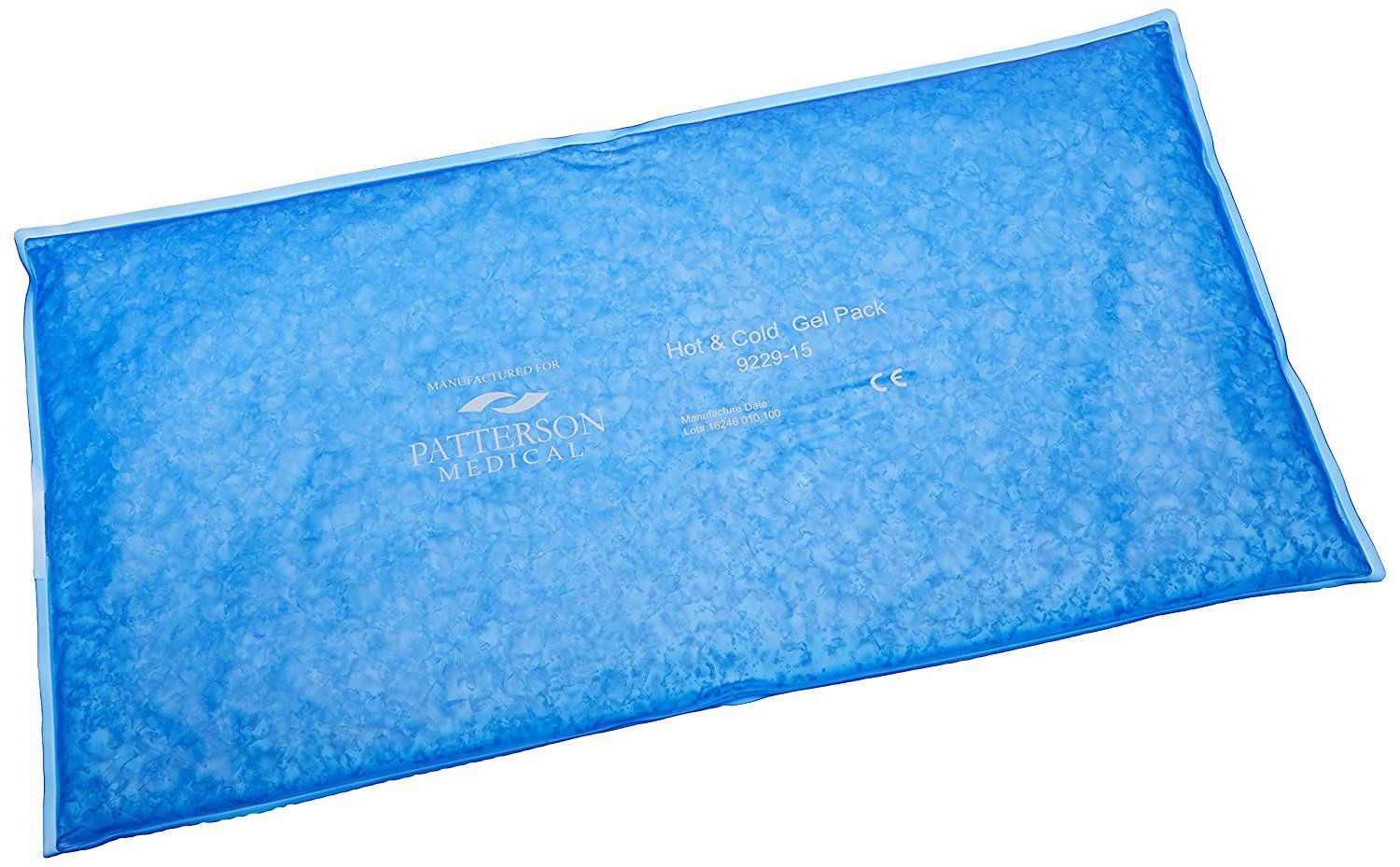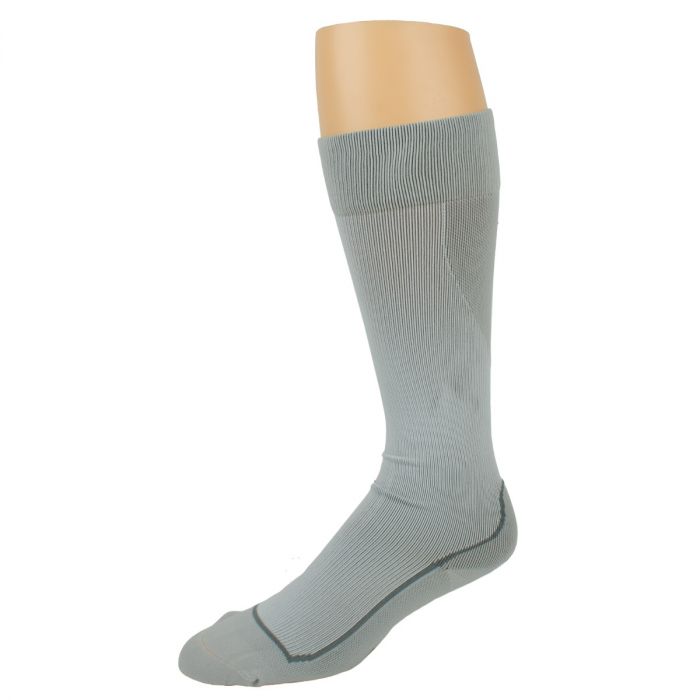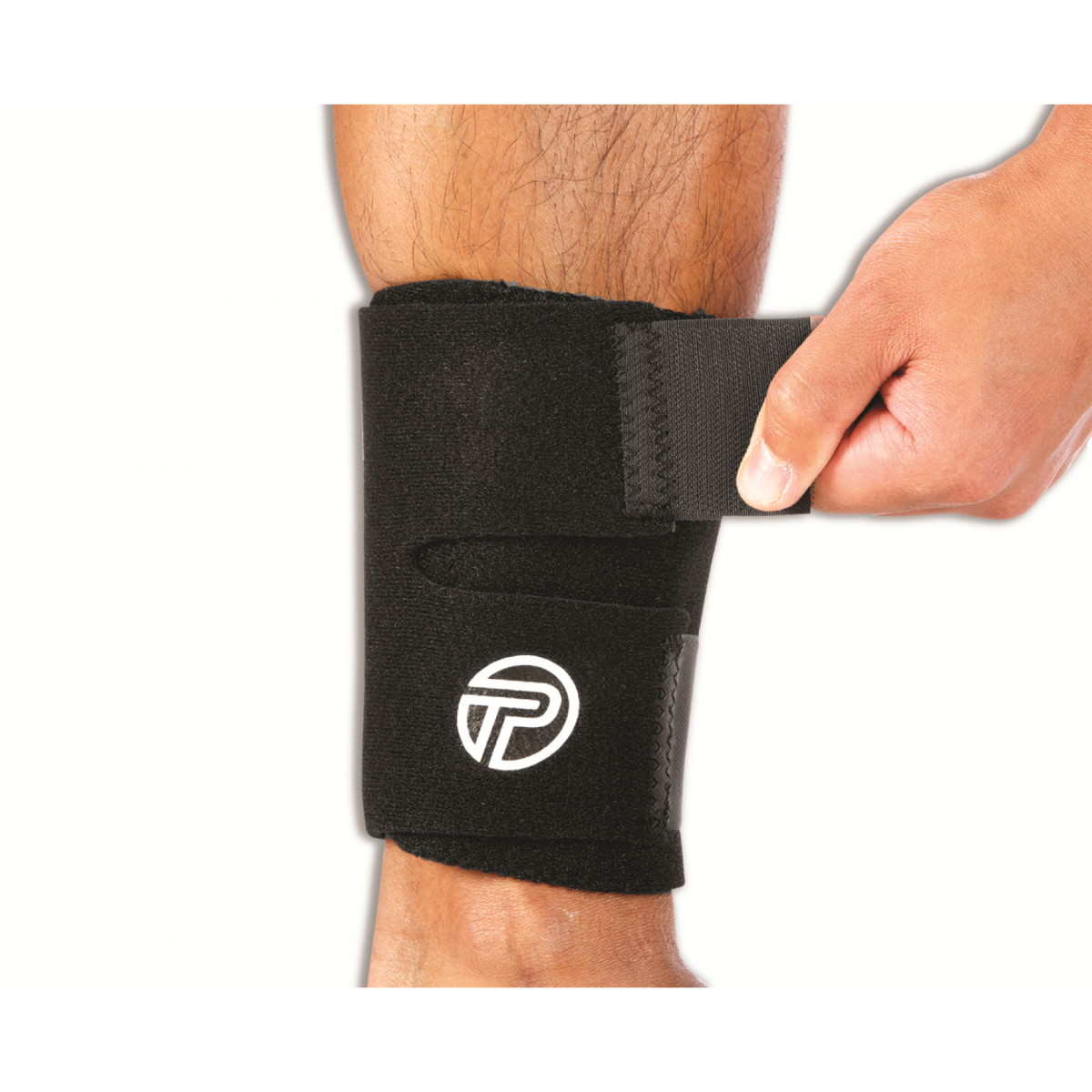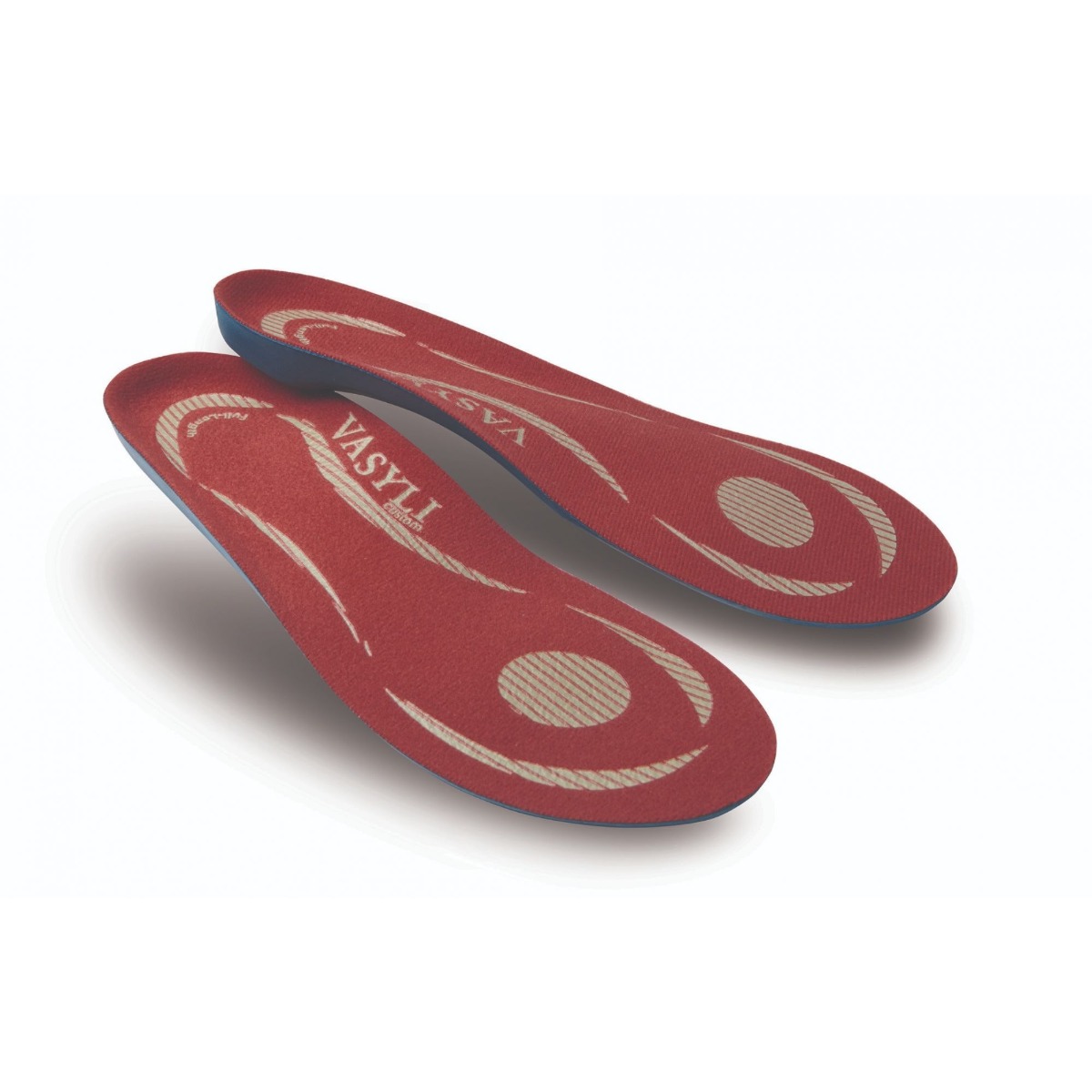Easy Things to Help With Shin Splints
Key Takeaways
- Shin splints is a painful condition common in runners
- It can be caused by lack of a warm up, uneven or hard terrain, your workout intensity, and other factors
- Rest and pain relief can help get you back to your running routine
- Stretching and exercising are essential during recovery, learn these exercises to get started
Top Products in This Article
What causes shin splints?
Shin splints are the result of repetitive stress on the tissues that connect your shin muscles to your lower leg bone. Particularly in running, this occurs due to the persistent impact of your feet hitting the ground.
This could be caused by:
- Lack of stretching or warming up before your run
- Running on uneven terrain (hills) or hard surfaces (roads, sidewalks, treadmills…)
- Starting an intense new workout without slowly building up to it
- Only running in one direction on a track
- Wearing shoes without proper support
- Running with bad form
- Inadequate recovery time between workouts
Learn more about shin splints and how to treat it!
Symptoms
Are you at risk for shin splints?
Shin Splints vs. Stress Fractures
Treatment
Rest
Pain Relief
Working Out During Recovery
Stretching & Exercises
Cross Training
Running
Returning to Running and Preventing Future Shin Splints
Recap
Symptoms
- Pain and tenderness below the knee
- Inability to walk or run without pain
- Bone or joint pain that worsens with exercise
- Bruising on your shins
- Pain after standing for long periods of time
Are you at risk for shin splints?
Shin splints commonly occur in:
- Beginner runners
- Experienced runners suddenly increasing their workout (in frequency, duration, or intensity)
- Military recruits in basic training
- Runners with flat or high arches
- Dancers
Shin Splints vs. Stress Fractures
Shin splints give you a generalized sense of pain around your shin and calf. If your pain is localized and worse when you put pressure on one specific point, it could be a stress fracture. Additionally, shin splints typically only cause pain while running, while stress fractures also cause pain when walking or hopping.
When to See a Doctor
If you think you have shin splints, see a doctor if the pain is still bothering you after a few weeks. If you think you have a stress fracture, stop running and see a doctor immediately.
Treatment
Tips from a Physical Therapist

Shin splints can be a nuisance, especially for runners changing terrain or mileage. Here are some tips from Mike Cicero, PT:
- Stretch your leg musculature before and after exercise, practice, and competitions to decrease the risk of shin splints. Dynamic stretching is most effective before the event, while static stretching is best post-event.
- Rolling of the lateral shin musculature can help warm tissues and enhance the healing process.
- Using Biofreeze can help with discomfort and enhance the healing process.
- Ease into a new running routine, gradually intensifying your physical activity. Meet with your therapist if you're recovering from an injury or an exercise expert if you are starting a new routine.
- Choose shoes with proper cushioning and arch support to take tension off of your shin musculature. Many local running stores have trained staff to assess the mechanics of the foot and ensure a proper fit.
- Increasing mileage at 10 percent per week creates a nice steady progression and can prevent symptoms.
- If you have symptoms, use a roller massage to start, walk for a 5 minute warm-up, and then ease into your run.
Rest
The first step is rest – you shouldn't do any workouts that cause pain. This will only make your injury worse and extend your recovery time. However, you can continue exercising if you make some changes to your regular routine. There are a few different ways to relieve your pain and continue exercising with shin splints.
Pain Relief
Icing the area helps reduce inflammation. Performa Hot & Cold Packs are easy to use. You should ice the area until numb or for a maximum of 20 minutes. Another alternative is Biofreeze. Apply the cooling topical analgesic to your skin for fast, on-the-go pain relief. The roller ball of the roll-on formula allows you to massage your shins during application for even greater relief!
Foam rolling on your leg can also reduce pain. Sammons Preston Foam Therapy Rolls can be used to stretch and massage tight muscles. To target your shin pain, start on your hands and knees with one shin on the roller. Lean your weight into the roller, controlling the pressure with your other leg, and roll through from your ankle to your knee.
Massage is another key solution to reduce shin splint pain. Try a The Stick, a highly effective massage tool that can be help relieve shin soreness.
Cold therapy should only be used after working out, and never before. If you try to run after applying ice, you could make your injury worse because you won't feel the pain that signals, "It's time to take a break."
Hot & Cold Therapy Packs

Biofreeze

Foam Rolls

The Stick

Working Out During Recovery
Stretching & Exercises
Simple exercises are a good way to ease back into working out. Use a Rolyan Resistance Band for a variety of strengthening exercises. These bands feature progressive resistances, so you can slowly increase your resistance level as your condition improves and avoid pain from using too strong of a band.
Try these three exercises, which include step-by-step instructions:
- TheraBand Hip Abduction Exercise
- TheraBand Leg Extension in Quadruped Exercise
- TheraBand Knee Squat
Cross Training
Explore low-impact alternatives to avoid stressing your shin. Biking is another cardiovascular activity, like running, but with less of an impact on your shins. Swimming is also great for building endurance and provides a similar cardiovascular endurance workout without the impact of running.
Running
You don't need to stop running completely with shin splints, as long as you stop when the pain starts. Instead, just cut back on how much you run. Run about half as often as you did before, and walk more instead. Wear compression socks or compression wraps, or apply kinesiology tape to prevent pain while running.
Compression Socks

Compression Wraps

Kinesiology Tape

Returning to Running and Preventing Future Shin Splints
Running After Shin Splints
Recovery is a process. Build up slowly, gradually increasing your time spent running. Avoid jumping straight into running uphill and downhill, which can cause shin splints to return. Remember, you need to work up to the same intensity and duration as before your injury. Once you've recovered, follow these tips to avoid shin splints in the future:
1. Wear Orthotics
Shin splints are created by the shock impact of your feet hitting the ground as you run. These Vasyli Shock Absorber Orthotics are designed to reduce the impact force on your shins. Insert them into your favorite running shoes and stop shin splints before they start!

2. Add Shin Exercises to Your Warmup and Cool Down
Use your resistance bands to strengthen your shin, calf, and hip muscles to help prevent shin splints
TheraBand Seated Stretch
- Sit on the ground with your legs straight in front of you
- Wrap the resistance band around the middle of one foot
- Create tension by holding one end of the band in each hand
- Pull your foot gently toward your shin for a nice stretch, then relax
- Push your foot down as if you were pointing your toes, then relax
- Be sure to only move your ankle during this exercise
- Repeat a few times, then switch to your opposite leg
TheraBand Ankle Calf Raise Exercise
- Stand with the balls of your feet on the middle of your band
- Hold one end of the band in each hand, keeping your arms by your side. This should create light tension
- Slowly roll up onto your toes so your heels are off the ground
- Hold this position, then relax
TheraBand Hip Abduction Exercise
- Tie the ends of the band to a stable object near the floor
- Step into the loop so the band wraps around the ankle that is further from the stationary object
- Kick the exercising leg outward, hold, then relax
- Keep your back and knees straight during this exercise
Recap
Shin splints cause pain in your lower leg, and you're more likely to get them if you just started running or made a major change to your exercise routine. Thankfully, pain relief is possible using cold therapy and massage. Plus, you don't need to stop running completely! Just change your routine and incorporate cross training activities, like biking and swimming. After you've healed, use orthotics and strengthening exercises to prevent shin splint pain from returning. Go slowly and eventually you'll be back to your regular running routine!
References
Mayo Clinic Staff. (2016). Shin Splints. Mayo Clinic. Retrieved from https://mayocl.in/2trjvqk
Medical Disclaimer: The information provided on this site, including text, graphics, images and other material, are for informational purposes only and are not intended to substitute for professional medical advice, diagnosis or treatment. Always seek the advice of your physician or other healthcare professional with any questions or concerns you may have regarding your condition.
lopezeaddelartion.blogspot.com
Source: https://www.performancehealth.com/articles/how-to-prevent-treat-and-work-out-with-shin-splints
0 Response to "Easy Things to Help With Shin Splints"
Post a Comment